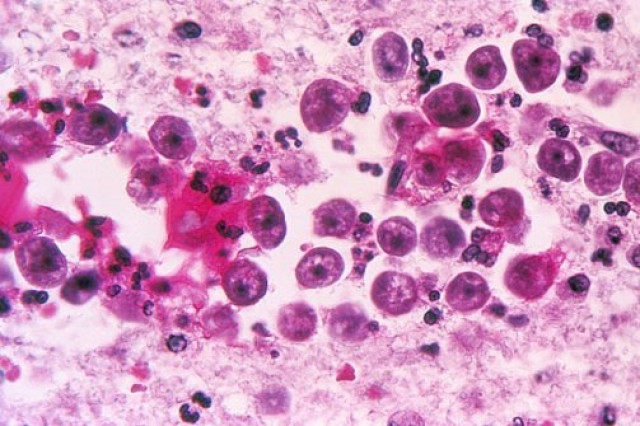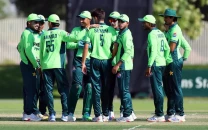Latest Naegleria case baffles authorities as victim didn’t swim in a pool
Health minister tells officials to get water samples from houses in all towns.

The provincial health, local government and Karachi Water and Sewerage Board (KWSB) authorities are trying to figure out where the victim contracted the bacteria.
The provincial health, local government and Karachi Water and Sewerage Board (KWSB) authorities are trying to figure out where the victim contracted the parasitic amoeba. The latest case was confirmed on Thursday from Gulistan-e-Jauhar, the same area where the first case was reported from.

According to the health officials, the victim in the first case caught the parasitic amoeba after using a swimming pool but they have yet to determine where the second victim caught the parasitic amoeba from. A committee comprising officials from the health, local government and KWSB was formed after the first case and it has started taking water samples from different areas of the city. The samples, randomly taken from different areas, show that water in 30 per cent of the city is without chlorine.
"Another random sampling is being started now," disclosed Sindh health minister Dr Sagheer Ahmed, while visiting KWSB's chemical oxygen and demand plant on Thursday night. "It is a serious issue and we are all aware of the situation," he added.
Dr Ahmed, who was briefed by the committee members and KWSB officials, said that the required level of chlorine was being maintained, adding that appropriate measures are being taken. "No case has been reported from other areas of the city or any other part of the province," the health minister said, adding that sampling is only carried out in the provincial capital where two cases have been reported within a month.
He directed officials to randomly get water samples from houses of all 18 towns. He also directed them to get samples from farmhouses and swimming pools. "It is all because of the change in the weather," he said, saying the disease is 100 per cent preventable. "We have started a public campaign as well."
"What are the causes [of the parasitic amoeba] as two cases surfaced from one locality?" the minister asked the committee's focal person, Azam Khan. "We are working on it," Khan replied. "I think the contaminated water in Keenjhar may be the cause." Dr Ahmed disagreed that pollution has led to the presence of Naegleria.
The health minister directed officials to maintain the required levels of chlorine in the water across the city and get water samples from all areas. He said that all possible steps, including distributing chlorine tablets, should be taken.
Published in The Express Tribune, June 14th, 2014.
Correction: An earlier version of this story referred to Naegleria Fowleri as a bacteria instead of a parasitic amoeba. The error is regretted.



















COMMENTS
Comments are moderated and generally will be posted if they are on-topic and not abusive.
For more information, please see our Comments FAQ